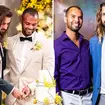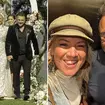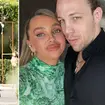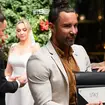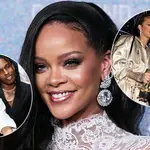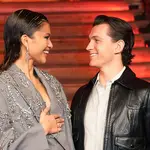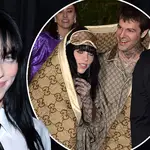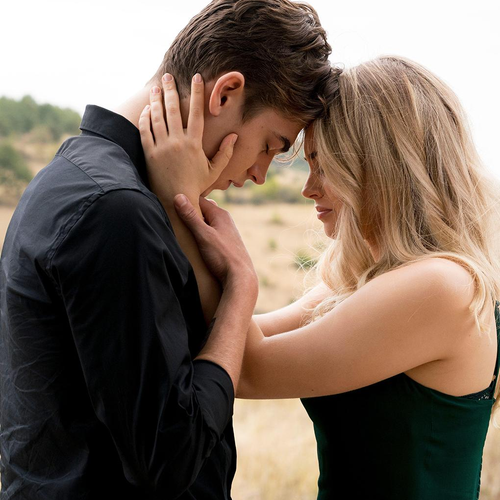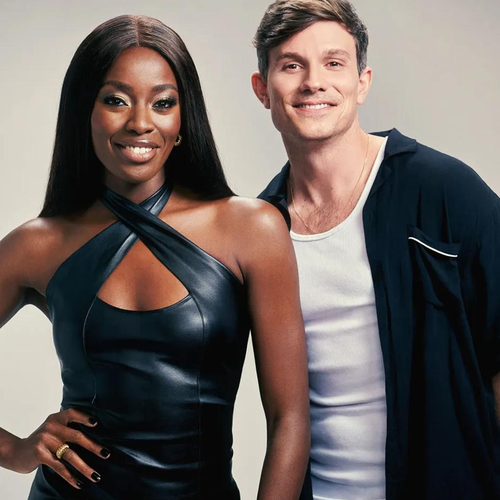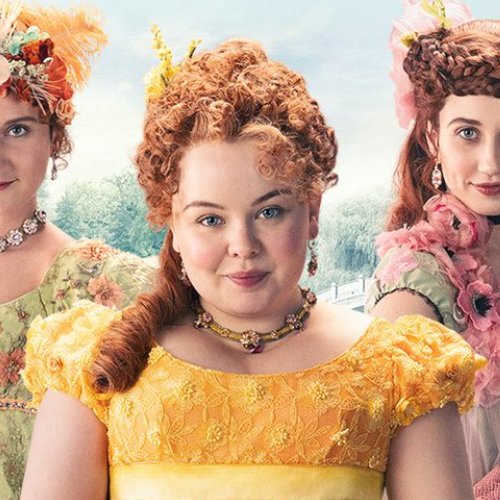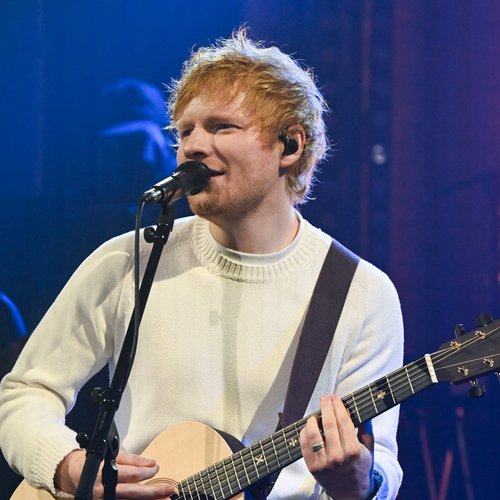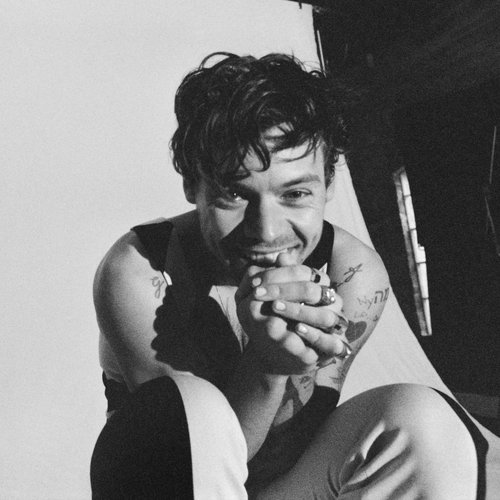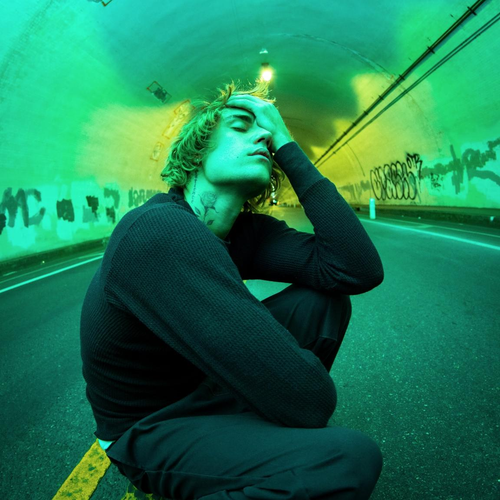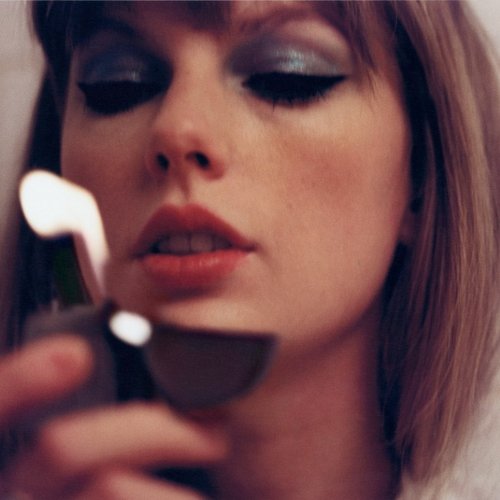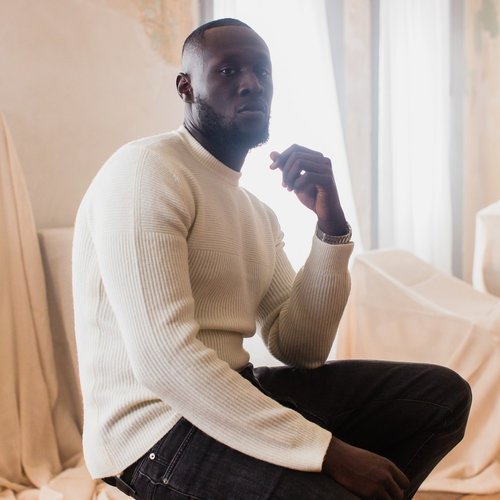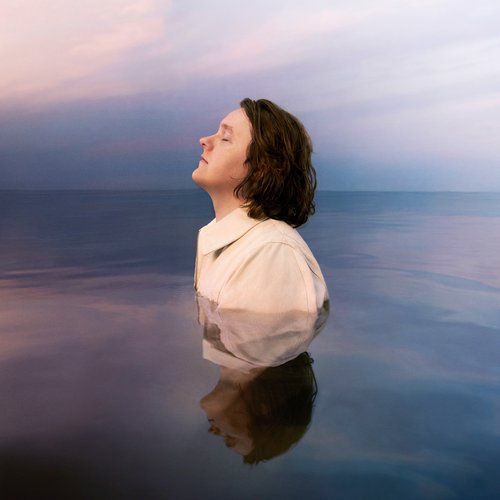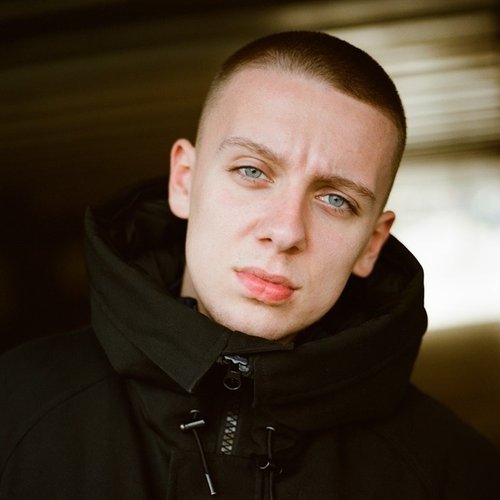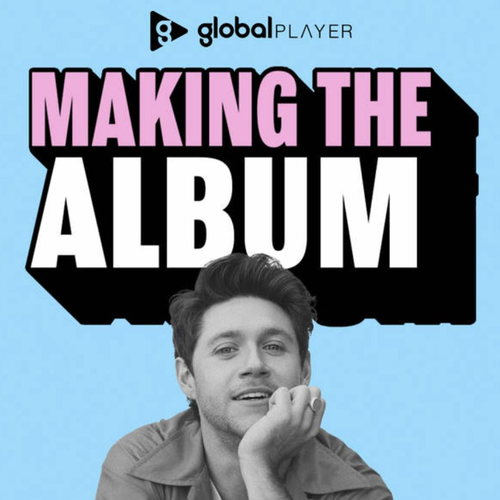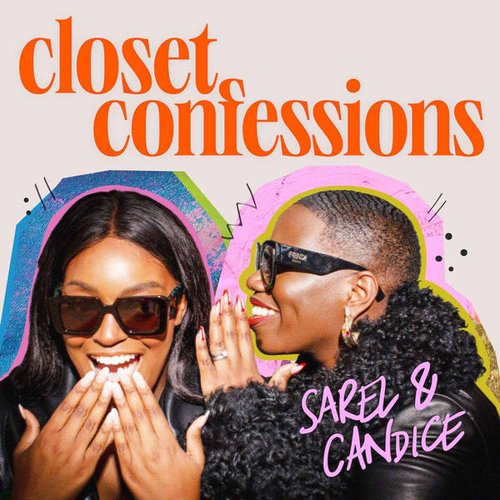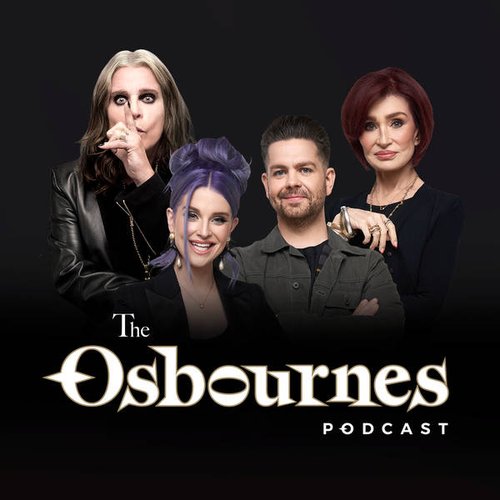Every clue in Game of Thrones that foreshadowed the HBO show's ending
21 May 2019, 17:44
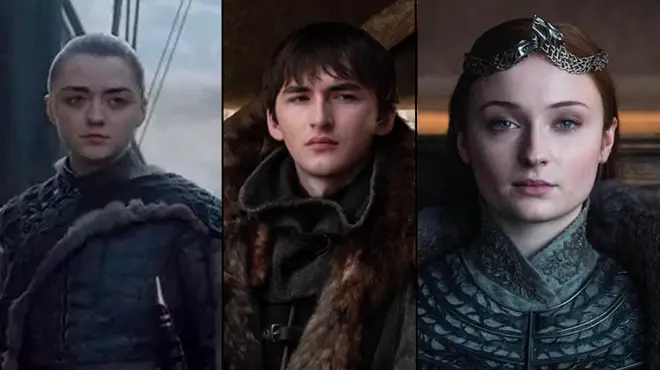
While Game of Thrones viewers debate the ending of the hit HBO series, we take a closer look at all the easter eggs and clues D & D dropped throughout the show...
Over 19.3m viewers in the US tuned in to watch the Game of Thrones finale, as it aired on HBO Sunday night - with even more viewers catching up on the action the next day in the UK.
According to HBO, these viewing figures beat their all-time record - with the penultimate episode, 'The Bells', coming in second place with 18.4m people watching it across all platforms.
Not only do these staggering figures reflect the show's popularity and mass appeal, it proves that GoT is more than just a TV show - it's a cultural phenomenon.
And while season 8 has divided fans - let's not forget that petition demanding showmakers David Benioff and D. B. Weiss to remake the final instalment - there's no denying the conclusion was of epic proportion and the series will go down in history as one of the most beloved shows ever created.
Regardless of whether you loved the ending of Game of Thrones, D & D's attention to detail is pretty incredible when you think about it. Yes, there are a lot of unanswered questions we're dying to know the answers to but they did add SO many subtle clues and easter eggs that make the conclusion a whole lot sweeter.
Here are all the hints and metaphors dropped throughout the course of the show you probably missed...
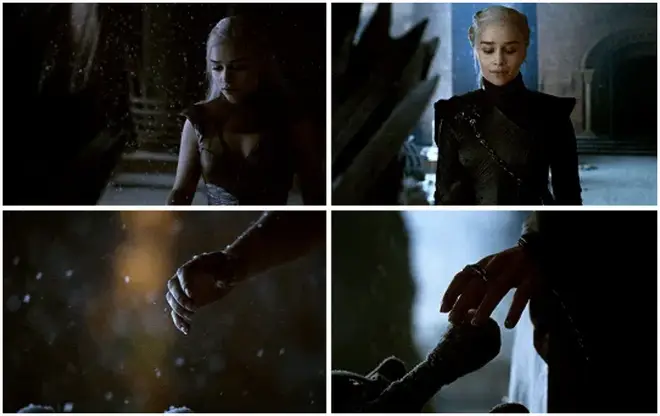
The significance of Daenerys touching the Iron Throne
In the season 8 finale, Daenerys was granted some alone time with the Iron Throne (which miraculously managed to survive her attack on King's Landing).
The beautifully-shot scene saw Dany slowly pace up to the throne, that was forged out of the swords of her ancestor's enemies, before she hesitantly reached out to touch the arm of the chair.
This moment is pretty significant and carries a lot of weight, as Daenerys' life-long goal has been to sit on the Iron Throne and rule over the Seven Kingdoms. She's sacrificed years, traipsing all over Westeros, accumulating followers along the way, trying to prove she is the rightful claimant of the throne.
Of course, this scene would've been far more touching, had she not just gone cray cray and burnt an entire city down, but hey.
Shortly after, just before she goes to sit down on the throne, Jon Snow swoops in and stops Dany in her tracks, calling her out for committing genocide, which, yeah, fair play. It's significant that Dany is stopped, just before she sits down, as it symbolises how her goal is always just out of reach, and she never quite manages to fulfil her desire.
The pair then share a passionate kiss, as Jon tells Dany she will always be his queen. And just as fans were about to throw the remote at the TV in anger, Jon Snow came through and killed his aunt by stabbing her in the heart. This of course mirrors her father, Aerys II's death, as he was stabbed in the back by Jaime 'Kingslayer' Lannister in the very same spot.
Perhaps what viewers missed, however, is how similar the scene was to a vision Dany had in the House of the Undying in the season 2 finale, entitled 'Valar Morghulis'.
Dany was in Qarth at the time, arriving at the House of the Undying. While Jorah Mormont and Dothraki bloodrider, Kovarro, were standing by her side, they magically disappeared as she stepped foot in the circular room.
In the empty room, there were a series of doors; Dany chose one and opened it, and as she did, a vision presented itself to her. In the vision, she saw a snowy, ruined throne room at King's Landing (much like the image we saw in the season 8 finale). She turned away from the Iron Throne, after hearing a baby crying (which, again, could have foreshadowed how Daenerys would go on to lose the throne by killing thousands of innocent people - including children).
The vision continued as Dany walked through the gates at the Wall, heading into Khal Drogo's tent, where she found her husband and what would have been their child, Rhaego, who had died in real life.
After touching her son's hair, she returned to the throne room to find her dragons chained to a pedestal.
Warlock, Pyat Pree, explained to Dany that she was chained to blood magic. Still in a dream-like state, Dany quietly mutters "dracarys" a few times, before her tiny baby dragons breathe fire and incinerate the eerie warlock.
Daenerys' final scene in Game of Thrones is also similar to one from season 7, when she returned to Dragonstone for the first place since she was an infant, fleeing from Robert Baratheon's men.

In the season 7 premiere, Dany arrives at the old fortress with Varys, Tyrion and Missandei by her side. All three of her dragons (who were all very much alive at that point) fly overhead and circle her homeland. When the boat finally touches the sand, Dany walks ahead, clearly feeling overwhelmed by the situation. She then reaches down and places her palm flat on the sand, picking up a handful of grains.
There is something to be said about Dany's desire for contact. She may be physically reaching out, trying to find a tangible connection, but her actions also act as a metaphor for the fact she is unable, or at least struggles, to emotionally connect to others. Ultimately, that is her downfall.
She touches the throne and the sand of Dragonstone as a way of realising her dreams; she needs these physical reminders throughout to remind her that she is getting closer to her goal, even if she's pushing those around her further away.
She's also never really belonged; she was forced out of her home as a child, enslaved and sold to the Dothraki by her brother, and has since been travelling to Westeros to get the Iron Throne. Her lack of identity and sense of belonging is a key part of why she does what she does.
The fact that Jon Snow is the one who kills her in the end is all the more powerful for that reason, as he is one of the few people she managed to find a true emotional connection with, who she allowed to be close to her.
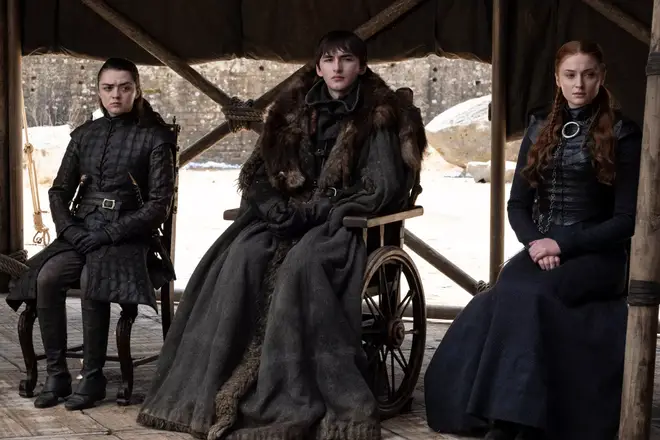
Bran the Broken was destined to rule the six kingdoms
In the season 8 finale, Bran unexpectedly became the first democratically elected king of Westeros, after Tyrion suggested he was the best candidate.
While some fans were left outraged by the decision to make Bran king, there have been a lot of references and hints that this was the plan all along.
Bran not only has been affected by the corruption of the crown directly, he is also, in a way, immune to it. Being the Three-Eyed Raven, Bran not only knows the history of Westeros like the back of his hand, he is not power-hungry or particularly motivated by titles and privileges.
All hail Bran the Broken, first of his name, King of the Andals and the First Men, Lord of the Six Kingdoms and Protector of the Realm!
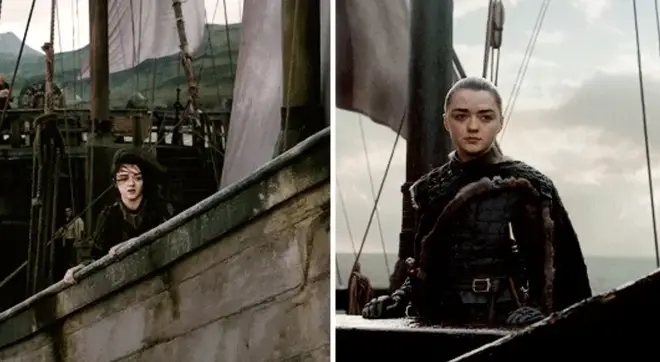
Arya was destined to explore - and she's been doing it all along
Since day one, Arya Stark has been a free spirit, resisting gender stereotypes and refusing to conform to societal ideals.
In the first ever episode, we saw Arya slip out of her embroidery class to do some archery, showing her little brother Bran up in front of their brothers and parents, when she got a bullseye.
She then escaped King's Landing with Gendry, as the pair were captives of Lannister soldier, Polliver, who wound up on her list.
Later on, she also travelled through Riverrun with The Hound, who was trying to return her to her aunt and Robin Arryn's mother, Lysa Tully, for money - as he didn't realise she'd already been pushed out the moon door by Littlefinger.
Again, in season 7, Arya comes face to face with her direwolf, Nymeria. After an intense staring competition, Arya begs her pet to come home to Winterfell with her, but the beast turns and tuns off into the forest. Arya then says: "It's not you." Now, that doesn't mean it wasn't actually Nymeria, Arya simply meant it's not in the wolf's nature to be domesticated. Arya understands this concept perfectly, as it is exactly how she feels.
But more important than all of these scenarios put together is when she paid a visit to the City of Braavos, where she learnt how to assassinate with Faceless Men. It was during her training, that the idea about "what's west of Westeros" was planted in her head.
In season 6, episode 8, Arya is assigned the task of killing actress, Lady Crane, who was acting out the role of Cersei Lannister in a play about the Purple Wedding. Instead of killing Lady Crane, Arya finds herself drawn to the actress, who asks her to travel with their acting troupe to Pentos.
The Waif (the annoying girl that incessantly smacks Arya with a stick) then rocks up, demanding to know "What's west of Westeros?" Lady Crane states that she doesn't know, to which Arya responds: "Nobody does. That's where all the maps stop." Lady Crane calls it "the edge of the world", and a grinning Arya remarks: "I'd like to see that."
The final shot of Arya sailing off into the unknown echoes the ending of season 4, when she was heading to Braavos all those years ago.
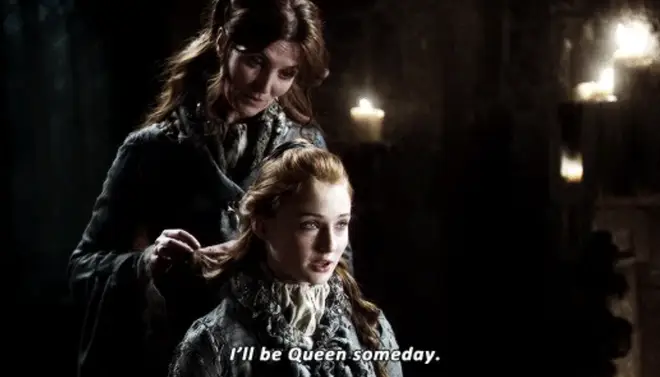
Sansa's dream of becoming a queen turned into a reality
Just as Arya always knew she didn't want to become Lady of Winterfell, her big sis Sansa always knew it was her destiny to rule.
When we first meet her, Sansa was a 13-year-old girl who had been raised to be ladylike, believing she must marry well. So when the chance to marry a future king comes up, she naturally leapt at the chance - little did she know at that point that Joffrey was a sadistic bastard (quite literally) who would order her father's execution.
Over time, she is subjected to various forms of torture and is used as a bargaining chip, believing the only way she could ever sit on the throne is by being a subservient wife, sitting next to her all-powerful husband.
Tyrion was the breath of fresh air she needed, as he surpassed her expectations, refusing to sleep with the child on their wedding night (which in any other circumstance would be a given, but in GoT land means he's an absolute darling).
When she starts hanging out with Littlefinger, things get a bit dicey again, as he tries to manipulate her for his own personal gain. In fact, it is him that sets up the marriage between Shansha and Ramsay Bolton - who was even worse than Joffrey!
While her methods of getting to the top have sometimes been questionable (it was kinda her fault that Daenerys killed Varys), they are also understandable; she grew up learning from Cersei Lannister and Littlefinger's machinations.
She's so against Daenerys, not because women hate other women, but because it could mean she won't get a voice anymore. She spent so long living vicariously through others and being submitted to unspeakable horrors, she was adamant not to let go of the little power she had gained when she helped take back Winterfell.
It's the perfect conclusion for Sansa to become queen of the north, and sit on the throne not as a figure head, but a ruling monarch.
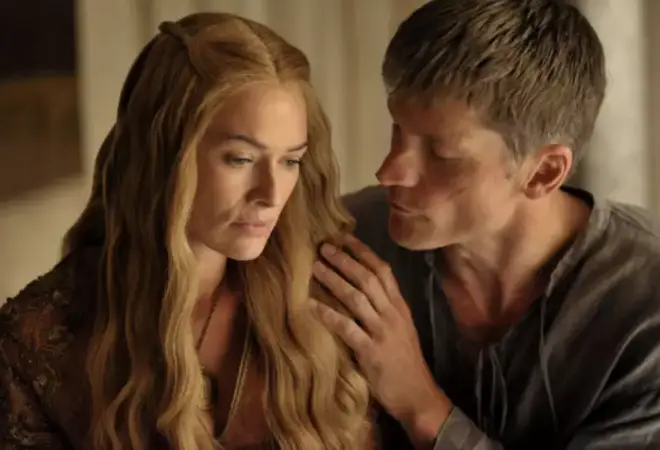
Cersei Lannister had always known her rule over the Seven Kingdoms was limited and what the fate of her children was
In season 5, after Ellaria Sand poisoned their daughter to death, Cersei revealed to her twin brother Jaime that a fortune teller had predicted that all her children would die.
The Lannister matriarch recalls the time she visited Maggy the Frog as a teenager, and demanded to know whether a) she would marry a prince, b) whether she'd become queen, and c) whether she'd have children with the king.
Maggy responded to all three questions, telling Cersei she wouldn't marry a prince, but she would be wed to the king (which was Robert Baratheon), that she would be queen, but only for a little while, and that she would have children but they would all die.
The show never included the last line of Maggy's prophecy which is detailed in the books - it is a line about her younger brother killing her. In the books, Cersei believe this referenced Tyrion, but it could've also alluded to Jaime, as he was technically born after her.
As this line was omitted from the HBO series, though, it doesn't really count, and Maggy's prophecy about Cersei was fulfilled.
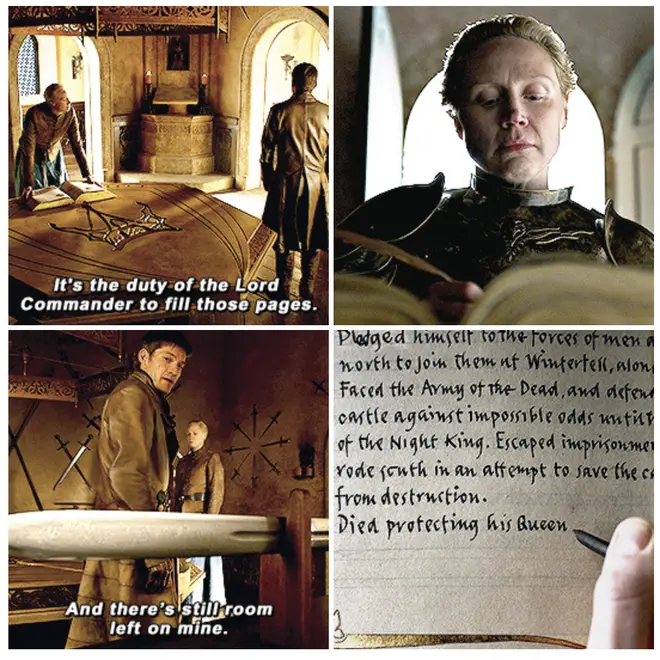
Jaime spoke to Brienne about his entry in the Book of Brothers
Back in season 4, Jaime arrived at King's Landing with Brienne. He spoke to her about how the book contained all the noble deeds of every Kingsguard member for the last 300 years. The entries were written by the Lord Commander.
Jaime's son Joffrey previously used the book to humiliate his "uncle", because there was a sizeable blank space in his section.
When speaking to Brienne, Jaime makes a promise to fill the blank space under his name. It is just after this admission that Jaime sends Brienne off with Oathbreaker, telling her to keep her promise to Catelyn Stark and safeguard her daughters.
So, despite the way Jaime treated our beloved Brienne in their last scene, the ever-loyal and noble Ser Brienne saw it as her duty to fill in the blanks for her lost love. After she completes the entry, she closes the book - and that chapter of her life.





